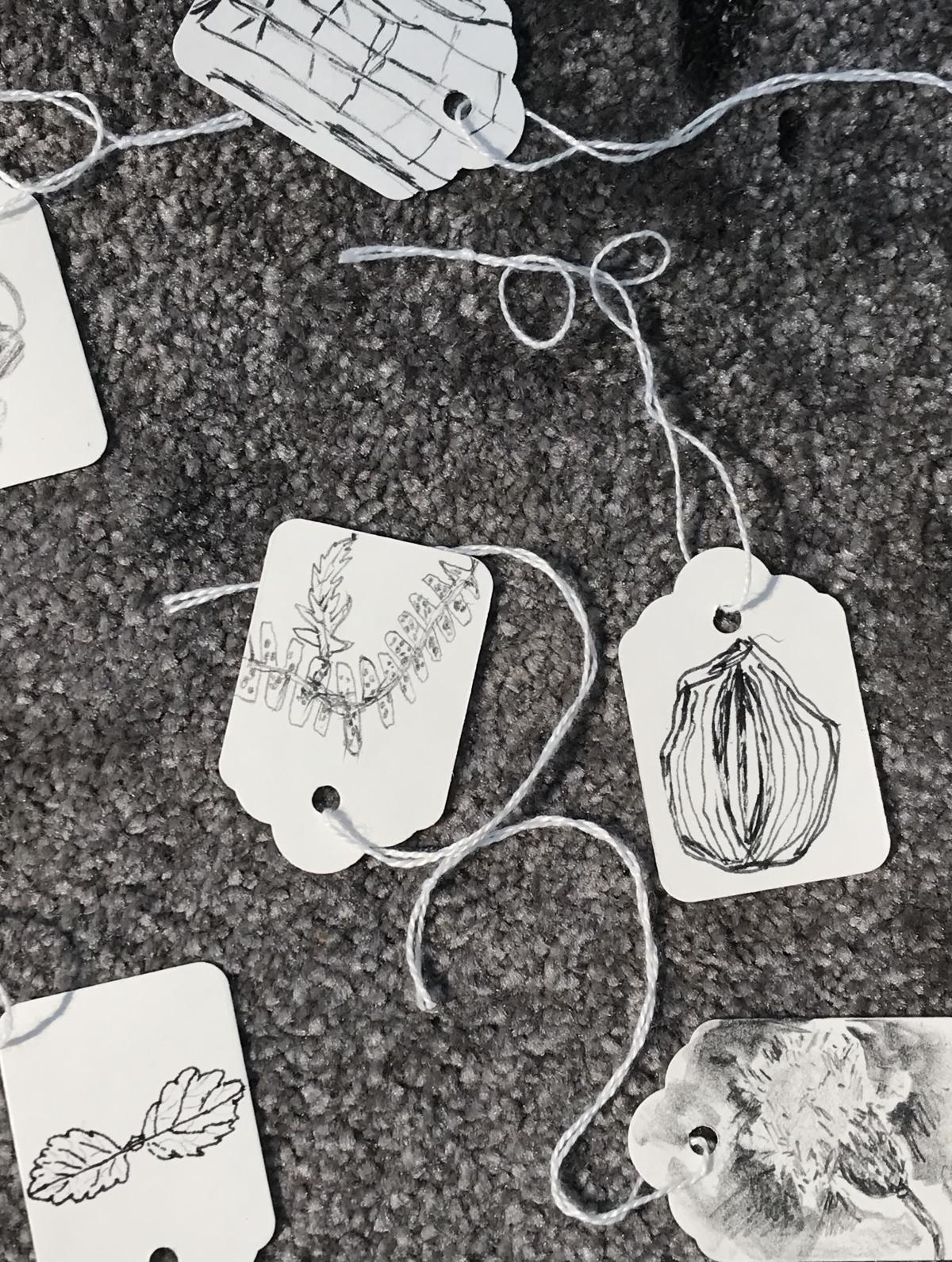
Case Study: Green Close
Introduction
Established in 1996 by visual artist Sue Flowers, Green Close is a not-for-profit organisation based in North Lancashire that has consistently integrated social concerns with artistic expression. Over the years, the focus of Green Close has expanded to include creative health, with a particular emphasis on programmes that combine art, nature, and movement. Sue Flowers views art as an inseparable part of the natural world, and through Green Close, she strives to create programs that reflect this interconnectedness. This case study explores how Green Close uses the synergy of art and nature to promote mental and emotional wellbeing, fostering a deep connection between individuals and the environment.
Programme Overview
Green Close offers a variety of programmes that engage participants in creative processes inspired by nature. These programs are designed to help individuals slow down, notice the natural world around them, and see themselves as part of that world. Sue’s approach is grounded in the belief that we are not separate from the environment but is deeply intertwined with it. Through guided nature walks, art-making sessions, and workshops that integrate creative practices such as movement and cooking, participants are encouraged to explore their relationship with nature and express it through art.
Sue Flowers explains,
"I don't see art as something separate to the environment; I feel like I'm a part of it... The work is all about building an awareness of what's around us and what our relationship is."
Key Activities
- Guided Nature Walks and Art Creation: Participants are led on nature walks where they are encouraged to observe the minutiae of their surroundings, such as the way grass grows through pavement cracks or the patterns in a spider's web. These walks are about seeing and truly noticing and connecting with nature. After these walks, participants often engage in creating art using natural materials they have collected. This process helps them slow down and reflect on their place within the natural world.
- Workshops Combining Art, Nature, and Movement: Green Close also offers workshops that blend various creative practices. For example, a workshop might involve making mandalas from natural materials, cooking with locally sourced ingredients, or creating art inspired by food. These workshops are designed to be sensory experiences that engage participants in a holistic way, connecting them with nature through touch, taste, and sight.
- Social Prescribing Programme: One of the notable initiatives by Green Close was the Phoenix Rising wellbeing programme, which is part of a social prescribing initiative. This programme incorporates art, nature, and movement and has been particularly effective in helping participants process emotions and improve their mental health. As Sue describes it,
"The work we do... it's about nurturing people's creativity, creating a safe space where people can come together and be themselves."
Impact on Mental and Emotional Wellbeing
The programmes delivered by Green Close have shown significant positive impacts on participants' mental and emotional wellbeing. By engaging in creative activities in a natural setting, individuals experience reduced stress, increased confidence, and a greater sense of purpose. Sue highlights that many participants who initially feel disconnected or unhappy often leave with a brighter outlook and a newfound ability to connect with others.
Sue shares,
"People that are reluctant, that struggle with socialising or don't have the confidence to try anything, slowly start to be part of a group that works together... they see the power of their own creativity."
Through the creative process, participants can express themselves in ways that may not require verbalisation, which is particularly beneficial for those who have experienced trauma or struggle with traditional forms of therapy. Creating something new, whether a piece of art or a meal, provides a sense of achievement and empowerment.
Environmental Awareness and Conservation
Green Close also plays a significant role in raising environmental awareness among participants. By using natural materials and encouraging participants to notice and appreciate the environment, the programs foster a deep respect for the natural world. Sue uses metaphors and small-scale activities, such as drawing or creating art from "forgotten" natural objects like weeds, to illustrate the importance of all ecosystem elements.
Sue explains,
"It's about developing a sense of respect... that respect then has a positive impact on the environment and their confidence in being able to do positive things to affect change."
Participants are encouraged to think about their environmental impact in practical ways, such as reducing waste, using local produce, and conserving natural resources. These practices not only benefit the environment but also help participants develop a more sustainable lifestyle.
Challenges and Future Directions
One of the challenges Green Close faces is the evaluation of its programs. While the organisation has worked with researchers to assess the impact of its initiatives, there is always a balance to be struck between spending time on evaluation and focusing on delivery. Sue acknowledges the importance of capturing the transformative journeys of participants, though she prefers creative methods of evaluation that align with the ethos of her work.
Looking ahead, Green Close aims to continue expanding its programs and refining its approach to integrating art and nature. The organisation is committed to fostering a deeper connection between individuals and the environment, promoting mental wellbeing and environmental stewardship, not only for participants but also for creative practitioners.
Conclusion
Green Close is a testament to the power of combining art and nature to empower individuals and strengthen communities. By creating spaces where people can slow down, notice the world around them, and express themselves creatively, Green Close helps participants develop a deeper connection with nature and a greater sense of wellbeing. As Sue Flowers puts it, "Art can be a way to explore the possibility of hope and the possibility of creativity."
This case study highlights the profound impact that art and nature can have when brought together in a supportive, community-focused environment. Through its innovative programmes, Green Close is not only enhancing the lives of individuals but also contributing to the health and wellbeing of the planet.
